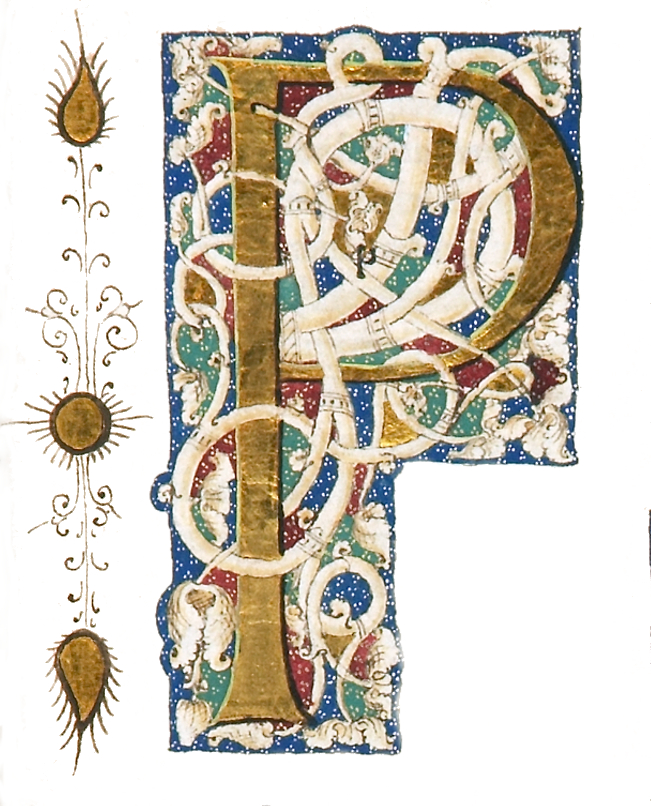1929-31 · Waltham St. Lawrence
by GILL, ERIC, Illustrator. (GOLDEN COCKEREL PRESS). CHAUCER, GEOFFREY
Waltham St. Lawrence: Golden Cockerel Press, 1929-31. No. 344 OF 485 COPIES on paper (and 15 on vellum). 318 x 197 mm. (12 1/2 x 7 3/4"). Four volumes..
Original Niger morocco-backed patterned paper boards by Sangorski & Sutcliffe, raised bands, gilt titling, top edges gilt, others untrimmed. The four volumes housed in two burnt orange morocco-backed cloth clamshell boxes with gilt lettering on the backs. Red and blue initials, ONE FULL-PAGE AND EIGHT HALF-PAGE WOOD ENGRAVINGS, AND 267 VERY PLEASING WOOD-ENGRAVED BORDERS (frequently inhabited) AND TAILPIECES BY ERIC GILL (each border design repeated two to five times, so that nearly every page (truncated)
Original Niger morocco-backed patterned paper boards by Sangorski & Sutcliffe, raised bands, gilt titling, top edges gilt, others untrimmed. The four volumes housed in two burnt orange morocco-backed cloth clamshell boxes with gilt lettering on the backs. Red and blue initials, ONE FULL-PAGE AND EIGHT HALF-PAGE WOOD ENGRAVINGS, AND 267 VERY PLEASING WOOD-ENGRAVED BORDERS (frequently inhabited) AND TAILPIECES BY ERIC GILL (each border design repeated two to five times, so that nearly every page (truncated)























